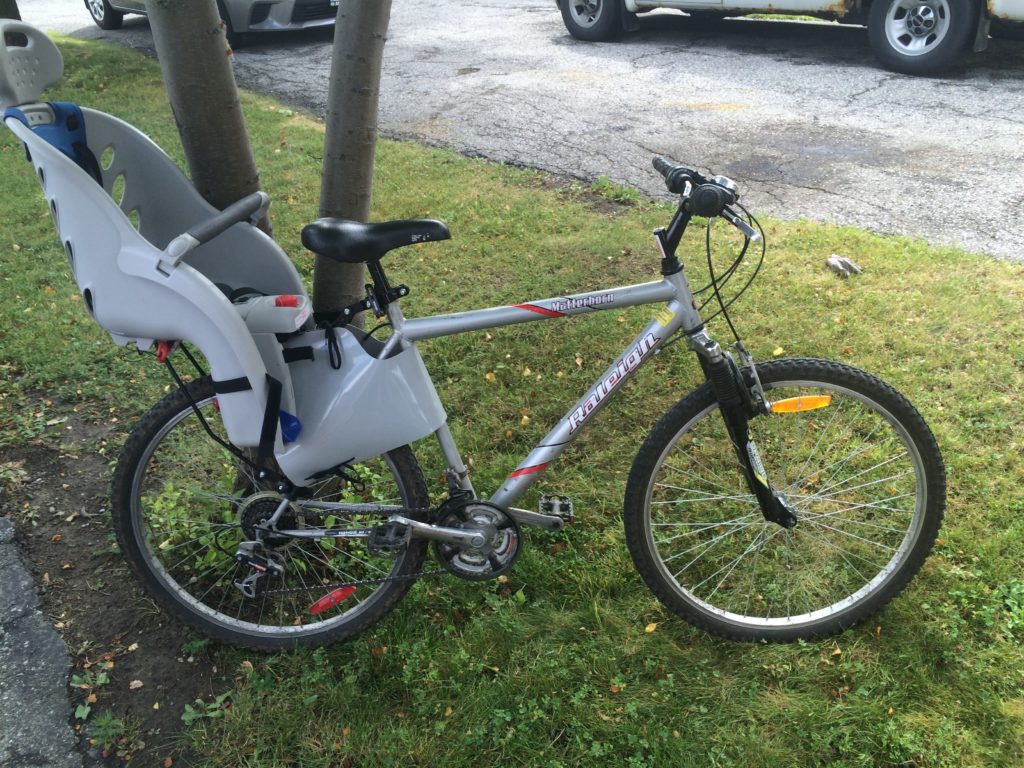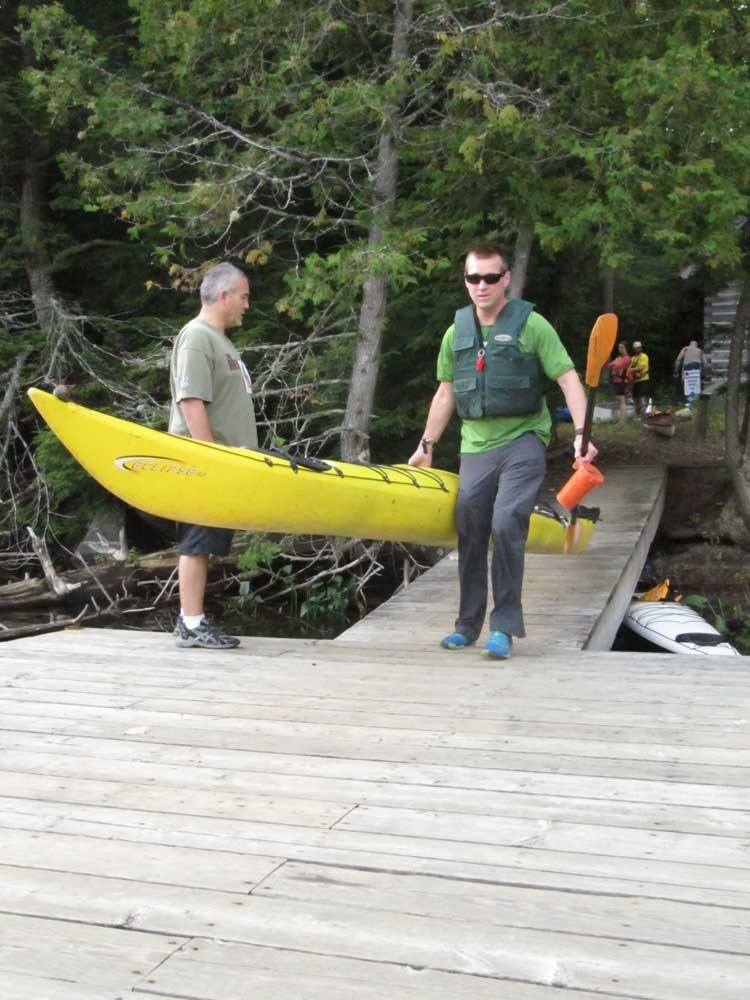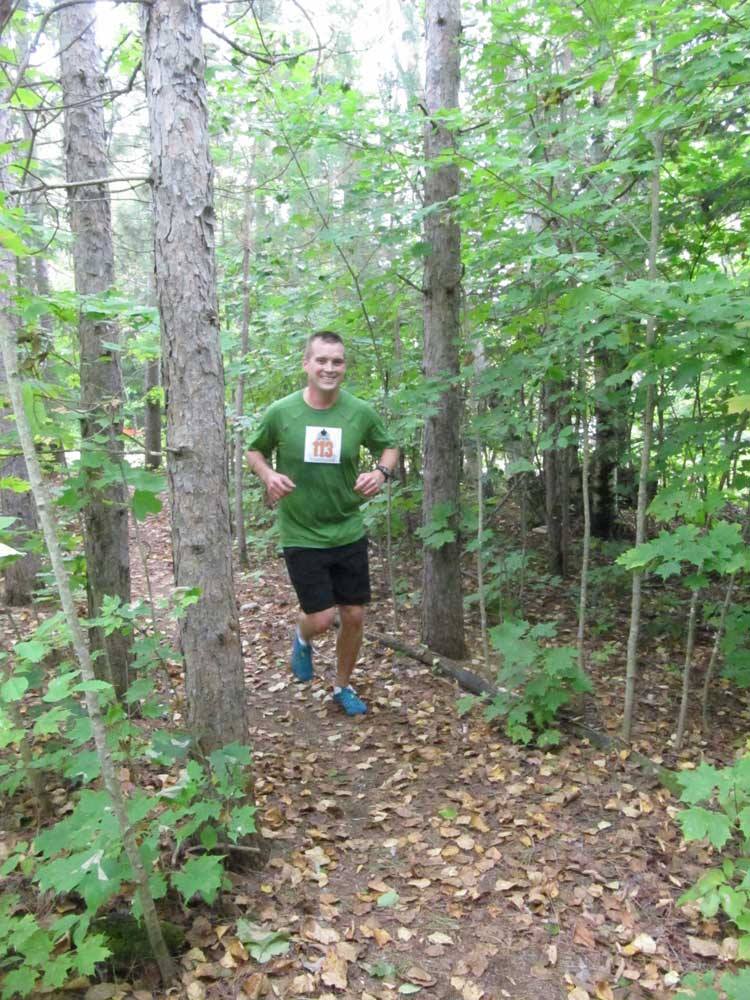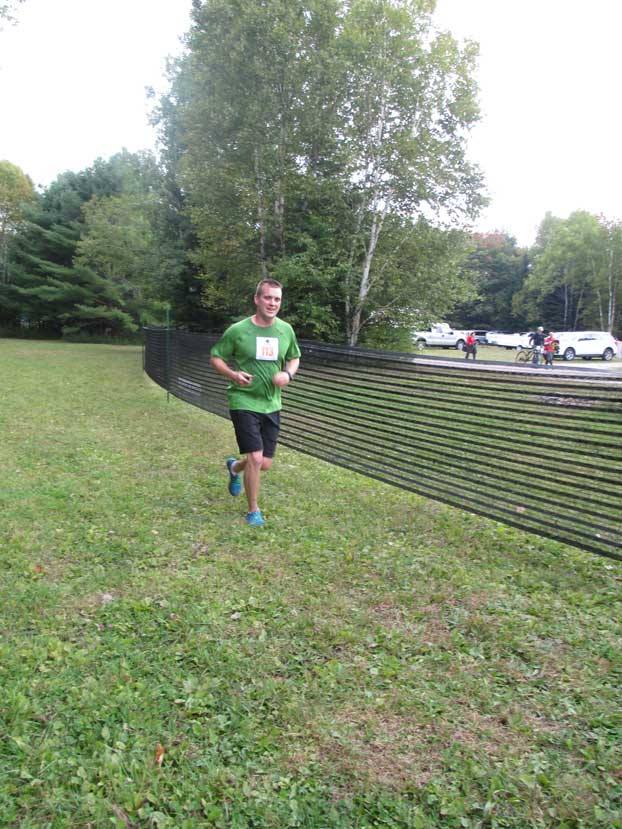Last Updated on September 14, 2020 by Cory Kawa
Although the experience of running my first half marathon in 2012 was amazing, it didn’t take long for me to hang up my running shoes and quickly return to my old ways. It wasn’t until the summer of 2014, when I learned about adventure racing, that my passion for exercise truly began to take hold.
After the Half – Cardio Sucks
My training in 2012 was motivated by two things, the first, a personal challenge to run my first 10k, the second, a desire to lose weight. This motivation enabled me to push through when times were tough, and ultimately led to me exceeding my goal and completing my first half. With the race finished, the challenge competed, the sense of purpose quickly disappeared, and with that, the desire to continue the grind along with it.
Although I accomplished my goal, I wasn’t able to translate that success into the lasting lifestyle change I desired.
To this day I can safely say that cardio sucks, it’s hard, your mind and body scream at you, telling you, you’re hurt(ing), you don’t need this, you’re tired, not today, really everything it can to make you quit. With the wrong mindset, you end up focusing on the negative energy and ultimately set yourself up for failure.
How did I get motivated again?
The first step was discovering something fun to do, and running alone wasn’t it. With running, I felt like I set the goal, I accomplished the goal, the accomplishment was great, but that sucked and never again. There were a few failed attempts to start back, but with no passion, they were all destined to fail.
Let’s now set the stage for what happened next. If you grew up in the ’90s, you might recall the TV show, Eco-Challenge: The Expedition Race, created by Mark Burnett. In short, the eco-challenge is a multi-day expedition length adventure race involving a variety of disciplines from hiking to scuba and everything in between. I loved this show, the people, the challenges, the suffering, everything about this show amazed me. FYI, it is coming back to Amazon Prime August 14, 2020, hosted by Bear Grylls in Fiji.
Fast forward to August 2014. While attending my niece’s birthday, I speak to an in law who recently completed “Storm The Trent“, a single day adventure race combining paddling, mountain biking, trail running, and light orienteering, basically an Eco-Challenge light.
I didn’t even know this existed. I left that birthday excited and motivated to find, participate in, and train for my first adventure race.
With the magic of the Internet, I soon came across “Logs, Rocks, and Steel” a single day point to point adventure race happening at the Haliburton Forest and Wildlife Preserve. The best part, it was only six weeks away and had a beginner-friendly course. I’m pretty sure I signed up on the spot, and the planning quickly began.
Now the fun part, I want to do this, I want to be able to finish it, and I’m terribly out of shape. Over the previous eighteen months, I had put on fifteen pounds, and went from running 100km a month to 10km a month, if anything at all.
I was motivated and fueled with excitement and immediately started training in earnest, albeit a bit too much, a bit too soon, which was almost my undoing.
My training was without plan or forethought. In 2012 I followed a plan to take me from non-runner to runner. With too much excitement driving me to train hard, I didn’t leverage those past lessons and instead went full speed ahead.
From 8.96 km of running in June 2014, I quickly ramped up to 101.5 km in August, and another 28 kmby the 4th of September, then with 16 days to go, terrible knee pain set in, forcing me to shut it all down.
As an FYI, if you are starting to run, or returning from injury, you will feel like you can run longer and harder then you are ready for. Although your main muscles may be ready, your joints and tendons are not. To avoid injury, you must, start slow, and build a base. Focus on building a base of perhaps three, twenty to thirty-minute runs a week, depending upon your starting fitness level, nothing else. Then six to eight weeks later, you can begin to build out with longer or harder runs, making sure never to increase that duration or intensity more than ten percent a week.
Wow! That’s A Lot of Spandex
By race day, I was feeling better, but still far from perfect. My knee hurt, but I was determined to race, whether that meant running, walking, or crawling to the finish line.
With no idea what to expect, or how to prepare, I was quickly surprised by the attendees and the intensity they brought. My initial thought was Wow! That’s a lot of spandex.
I also quickly developed bicycle envy, looking back I’m surprised I didn’t kill myself riding the beautiful beast you see here before you. In case you are wondering, I did take off the child seat before race day :).

After checking in we had to follow a map and course markers to the start line. Luckily, there was no orienteering because I could barely follow these simple directions and barely made it to the water on time.
And The Race Begins
Writing this six years later in the summer of 2020, my memory of the race itself is somewhat murky.
I remember realizing how awful a paddler I am. Compared to the field, I couldn’t paddle either straight or fast. The one lasting memory from that first stage was “who could have ever thought paddling could be so hard”.
After a light jog back to my bike, I was off for my first real taste of mountain bike trails. I quickly realized that mountain biking is not about strength or power, but technique, and its safe to say I didn’t have that at all.
14km later of hard riding later it was time for the run, where I promptly ran the slowest 6.5k of my life. I want to say it was the knee that forced me to hold back, but it was more a wake-up call for just out of shape I was.
I must say looking at the photos below I can look pretty goofy when I run.
Despite the poor performance, the overall feeling was amazement, with the event, the atmosphere, the beauty of the venue, and the variety it could add to a training plan. In short, I left with a new mindset and I never looked back.
The Aftermath
Running, Cycling, Mountain Biking, Swimming, Adventure Racing, and Triathlon have now become a part of my life, my identity, and who I want to be.
If I try to analyze what made me take that leap from perceiving exercise as a chore that has to be done, to something I want to do, I credit a change in mindset.
When I completed that first half in 2012, the motivation was all about the personal challenge of finishing the race.
The problem with goal-oriented motivations are that after the race finishes the challenge and intrinsic motivation disappears, and eventually you lose the desire to push through when times are tough. Ultimately you quit, and wonder why it all went wrong.
I still compete in races, but my approach to competition has changed. I now focus on the opportunity the event provides to see a fantastic venue, participate in a great event, and evaluate how I have implemented my training plan. Although not always easy, I try to seek enjoyment in the day to day grind, be it new routes, long rides to visit people, new mountain biking trails, or just enjoying a beautiful day. The race is no longer the goal, but instead an award for my hard work.
This change in mindset also extends to my approach to the daily slog of training. To this day, my body and mind still say don’t do it, it sucks, it’s hard, you hurt, save it for tomorrow.
I now recognize that this negative thought process is an ingrained natural reaction, programmed into our minds over thousands of years, to use as little energy as possible, allowing us to save that energy for when it’s required the most.
To overcome these negative thoughts, I focus on three things:
- More then anything else, I focus on that fantastic feeling I get when I’ve planned to do something hard, and despite all odds, I finish it. That even if I’m exhausted, the endorphins and sense of accomplishment will be well worth it at the end.
- I recognize that as part of that last point, that my mind and body are trying to trick me, and that no matter how my body tells me I’m feeling, that simple act of getting out the door will lead to a 95% success rate. The importance of starting, even if for five minutes, and permitting yourself to turn back, if required, will pay off immensely on your path to future success.
- Lastly, the importance of variety. Transitioning away from just running, to multiple disciplines enables me to prevent monotony, and mix it up when I need that mental break from a specific sport. If I don’t want to run one night, I will cycle or swim instead. The funny part is that by adding variety, I’ve strengthened my body and mind, ultimately allowing me to become the better runner I want to be.
Final Thoughts
By focusing on the positives, and implementing the techniques above, I was able to change my mindset and approach to exercise, allowing me to make it a habit and a fundamental aspect of who I am today.
Thanks for reading,
Cory
P.S. What techniques do you use to get you through when the times are tough?




I really enjoyed reading your story and hearing about how you’ve grown as an athlete. You should be proud of your accomplishments. You’re an excellent role model.
I’ve always found repeating a positive mantra to myself has helped me push through when times are tough. In fact when going through one of my first anxiety attacks all those years ago, it was Aunt Sharon who shared with me that she had also experienced anxious episodes and that she would tell herself “fear is not a fact”, it has stuck with me and become a mantra I still repeat to myself to this day.
Keep writing!
Meg
Thank you. Fear is not a fact, I love it.
Great reads. Looking forward to your next entry. 🙂
Cory, just loved reading this story about your journey. You truly are an inspiration to all of us.
Thanks for pics. Good read too.